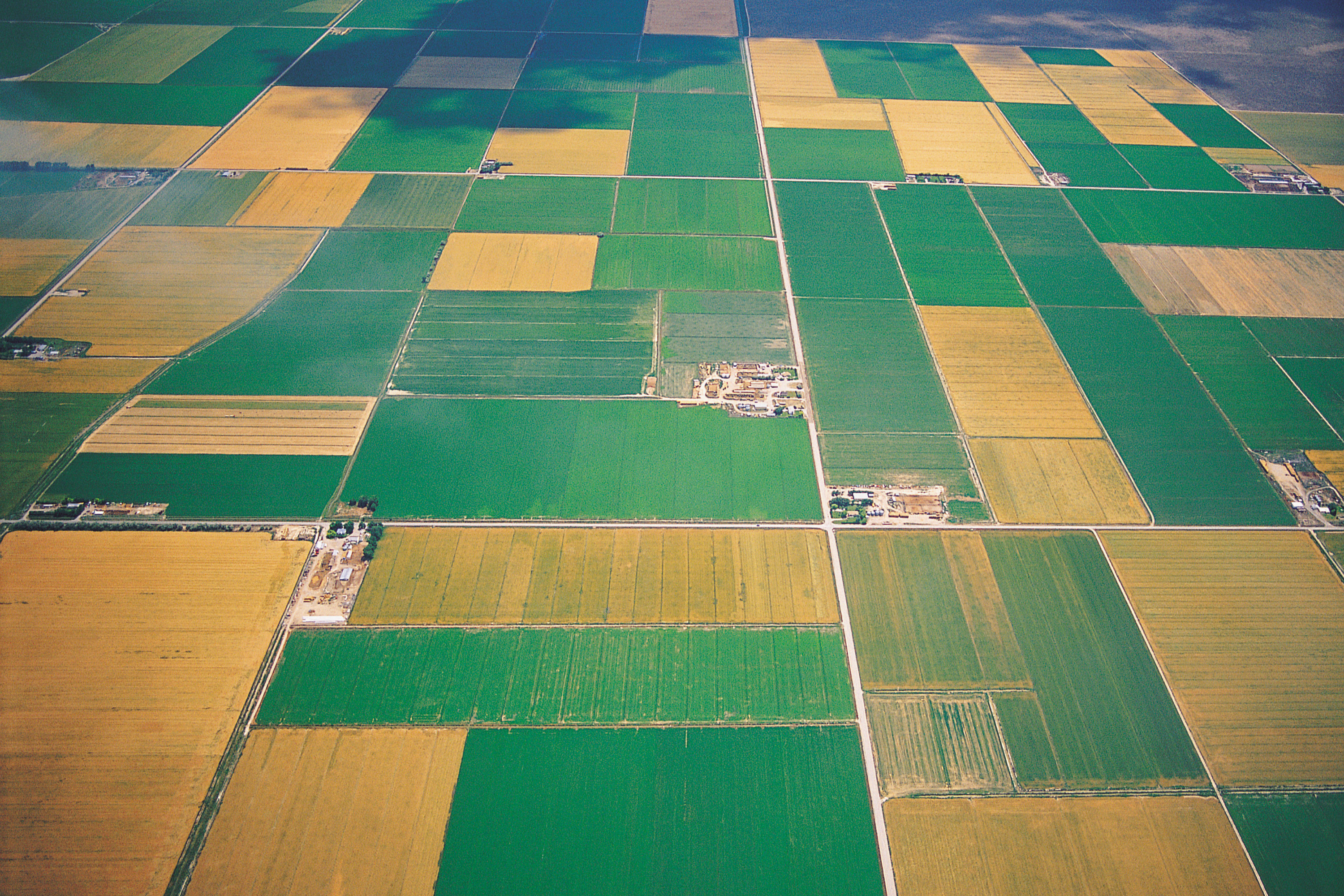
Understanding Area Risk Protection Insurance (ARPI)
Crop losses don’t always happen farm by farm. Sometimes, entire regions are affected by weather disasters or poor growing conditions. When a widespread event causes lower yields across a whole county or agricultural area, Area Risk Protection Insurance (ARPI) can help producers manage financial losses—even if individual farms didn’t suffer a direct hit.
ARPI is a federally subsidized crop insurance program administered by the USDA Risk Management Agency (RMA). Unlike policies based on your personal production history, ARPI uses county-level data to determine coverage and trigger payments. It’s a good fit for producers who want a cost-effective way to guard against regional production shortfalls.
What Is Area Risk Protection Insurance?
ARPI is designed to protect against yield or revenue losses based on the overall performance of a county or area, rather than what happens on your specific farm. If the average yield or revenue in your area falls below the expected average (called the “county yield”), the policy triggers a payment.
This approach can be helpful in cases where localized damage is hard to predict or assess—or for farmers looking to complement their individual policies with area-based coverage.
Types of ARPI Coverage
There are three types of ARPI policies, each covering a different kind of risk:
-
Area Yield Protection (AYP): Covers against a county’s average yield falling below a guaranteed level.
-
Area Revenue Protection (ARP): Covers against revenue losses due to either lower yields, lower prices, or both.
-
Area Revenue Protection with Harvest Price Exclusion (ARP-HPE): Similar to ARP, but the revenue guarantee is based only on the projected price, not the harvest price. This usually results in lower premiums.
How It Works
Let’s say you grow wheat in a county where the expected average yield is 60 bushels per acre. You choose an ARPI coverage level of 90%, meaning you’ll be protected if the county average drops below 54 bushels per acre (60 × 0.90). If a late-season drought causes the county’s average yield to drop to 50, your policy would pay out based on the difference between your guaranteed yield and the actual yield—regardless of how your personal field performed.
Similarly, for revenue protection, the policy looks at the expected county revenue and the actual county revenue, calculated using both yield and market prices. If revenue for the county falls below the guarantee, you receive a payment.
Key Features and Requirements
-
Data-Based: ARPI relies on data collected by the National Agricultural Statistics Service (NASS) or the Risk Management Agency (RMA), not individual farm yields.
-
Coverage Levels: Farmers can choose coverage levels between 70% and 90% of the expected county yield or revenue.
-
Payment Timing: Because final county yield data is published after the season ends, payments are typically made several months later than for individual farm policies.
-
No Individual Records Needed: Unlike policies based on Actual Production History (APH), ARPI does not require your own yield history or production records.
Advantages of ARPI
-
Lower Premiums: Since ARPI does not depend on individual farm records or inspections, it often comes with lower administrative costs and premiums.
-
Simplicity: There’s no need to submit production reports or maintain APH records.
-
Regional Risk Coverage: It’s particularly useful in areas where risks are more widespread, such as drought-prone regions or floodplains.
-
Complementary Coverage: ARPI can be used alongside individual policies (in some cases, depending on the crop) to create a more layered risk protection strategy.
Limitations
-
No Guarantee of Individual Farm Payment: Because coverage is based on the county average, you may not receive a payment even if your own farm suffered losses—if the county average didn’t fall below the trigger level.
-
Delayed Payments: Since it takes time to compile and confirm county data, ARPI payments are not immediate.
-
Less Precision: Farmers with high or low-yielding fields may find that ARPI doesn't reflect their farm’s specific risks as well as individual policies.
Example in Practice
David farms corn in a Midwestern county where ARPI is available. He purchases Area Revenue Protection at a 90% coverage level. The expected county revenue at the beginning of the season is $900 per acre. At harvest, a combination of drought and falling market prices reduces the county average revenue to $700 per acre.
Because the actual revenue ($700) is below the insured amount ($810), David receives a payment, even though his personal yield was slightly above average. His neighbor, who also had strong yields, receives the same payment, because both were covered under the same county-based program.
Final Thoughts
Area Risk Protection Insurance offers an efficient way to guard against large-scale, regional production and revenue losses. While it doesn’t account for what happens on an individual farm, it serves as a helpful financial safety net when nature hits a wider area.
For farmers who don’t have detailed yield records or those looking to supplement other coverage, ARPI can be a smart addition to the risk management toolbox. To explore whether ARPI is available for your crop and county, speak with a licensed crop insurance agent or visit the USDA RMA website at www.rma.usda.gov.
Up next: Understanding Crop Subsidy Programs in the United States
Share


